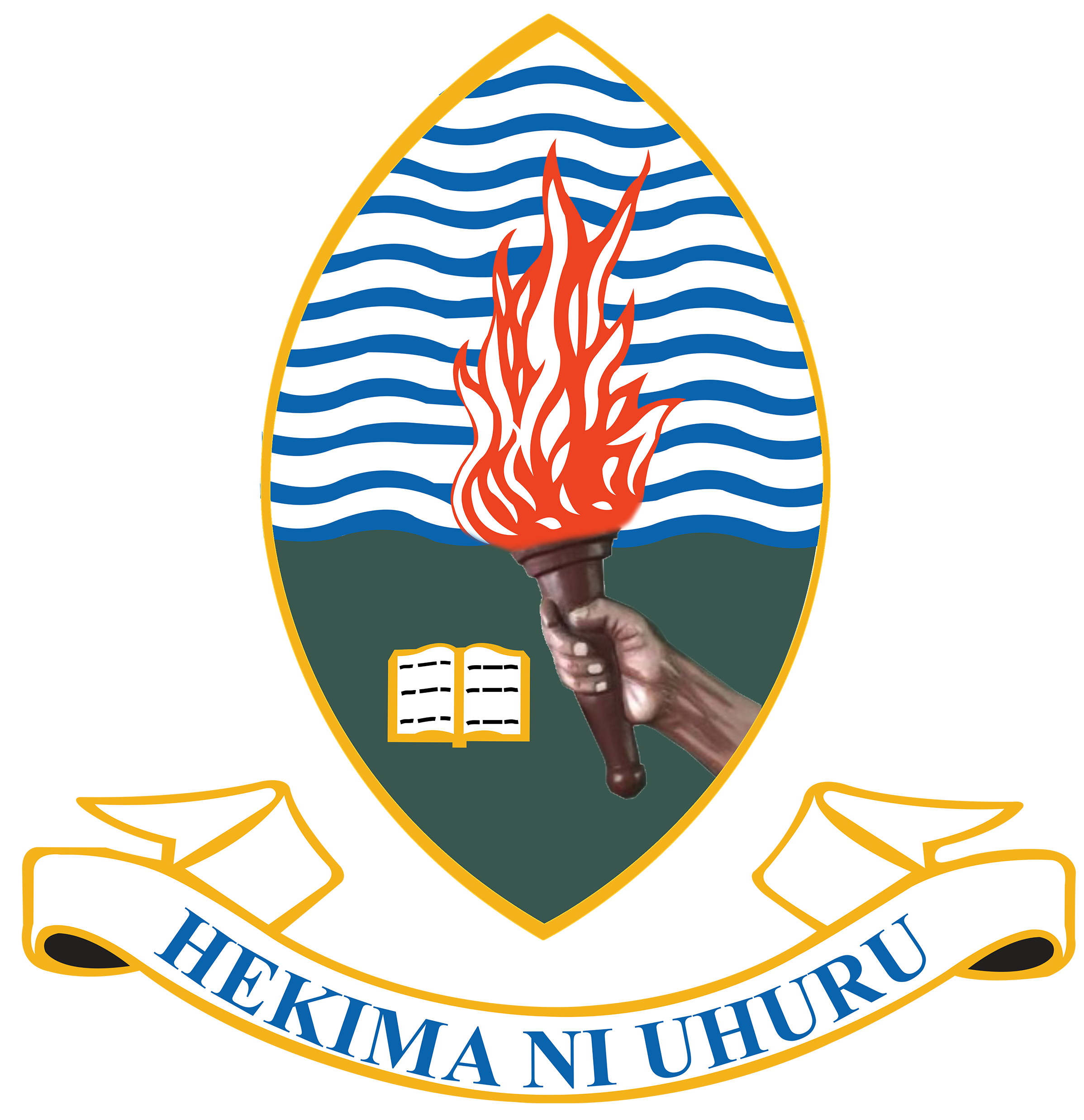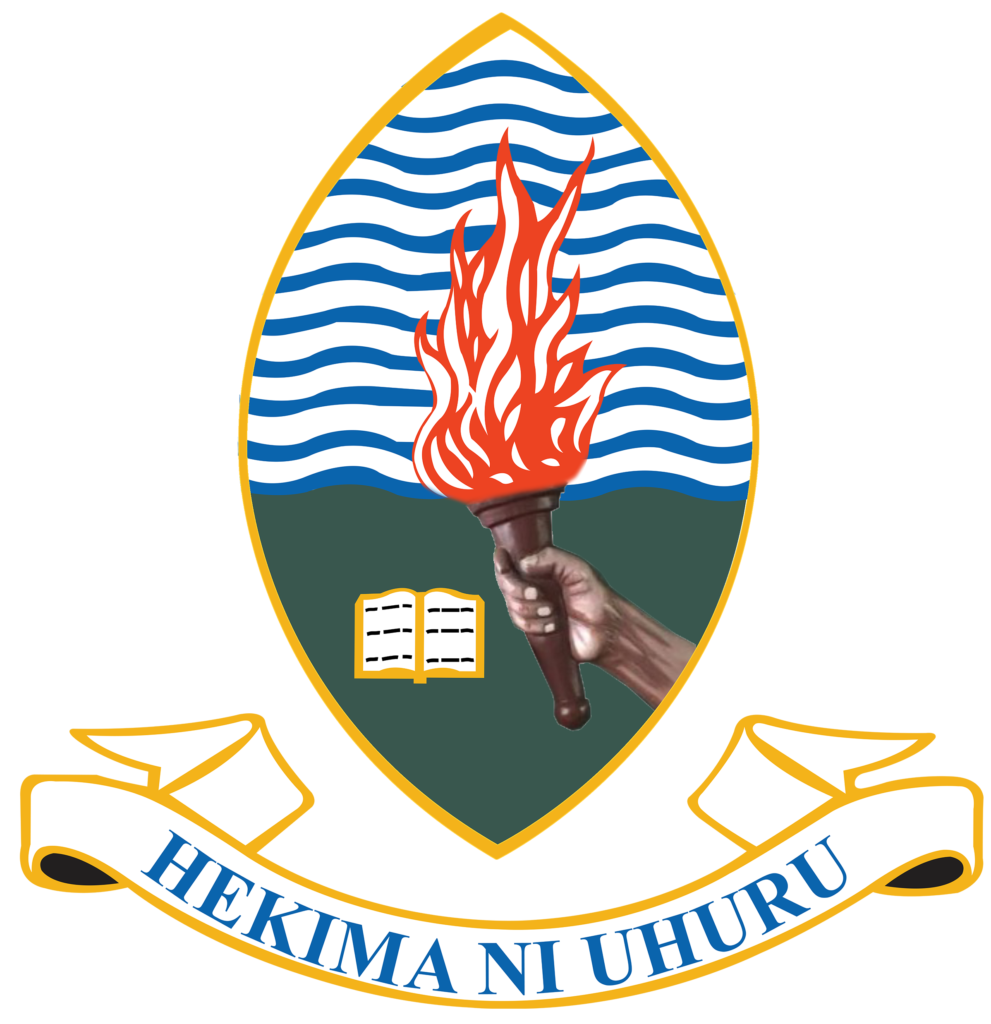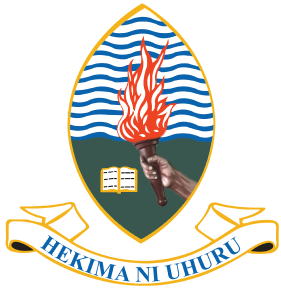Tanzania is advancing the use of nutrition data by integrating standardized indicators and validation rules into the national Health Management Information System (HMIS) powered by DHIS2.
From 2–5 September 2025, stakeholders gathered in Dodoma to translate design into practice—configuring nutrition indicators in the live system and developing a validation rule matrix to ensure that reporting is consistent, reliable, and ready for decision-making.
Objective: Establish high-quality nutrition data entry through standardized indicators and robust validation rules.
Leadership and Collaboration:
This initiative was led by the Ministry of Health (Nutrition Section and M&E/HMIS Units) with the University of Dar es Salaam’s DHIS2 Lab, joined by HMIS focal persons and technical experts from across the country.
Key Achievements:
-
Reviewed and simplified RCH and nutrition forms (labour, delivery, and child health)
-
Aligned terminologies for easier data capture and ensured continued integration of community-level data
-
Configured agreed national nutrition indicators in DHIS2
-
Developed a validation rule matrix to strengthen data accuracy and completeness
Strategic Approach:
-
Align national and global standards to reduce indicator duplication
-
Introduce bilingual forms (Kiswahili with English in brackets) for clarity and inclusivity
-
Conduct hands-on configuration and user testing to build ownership and system confidence
Sustainability and Alignment:
This effort strengthens feedback loops to lower levels, promotes regular data reviews, joint supervision, and DQAs, and ensures continuous improvement through field-based learning. All actions are aligned with national HMIS governance and partner coordination frameworks, laying the groundwork for sustainable, evidence-based nutrition programming across Tanzania.


